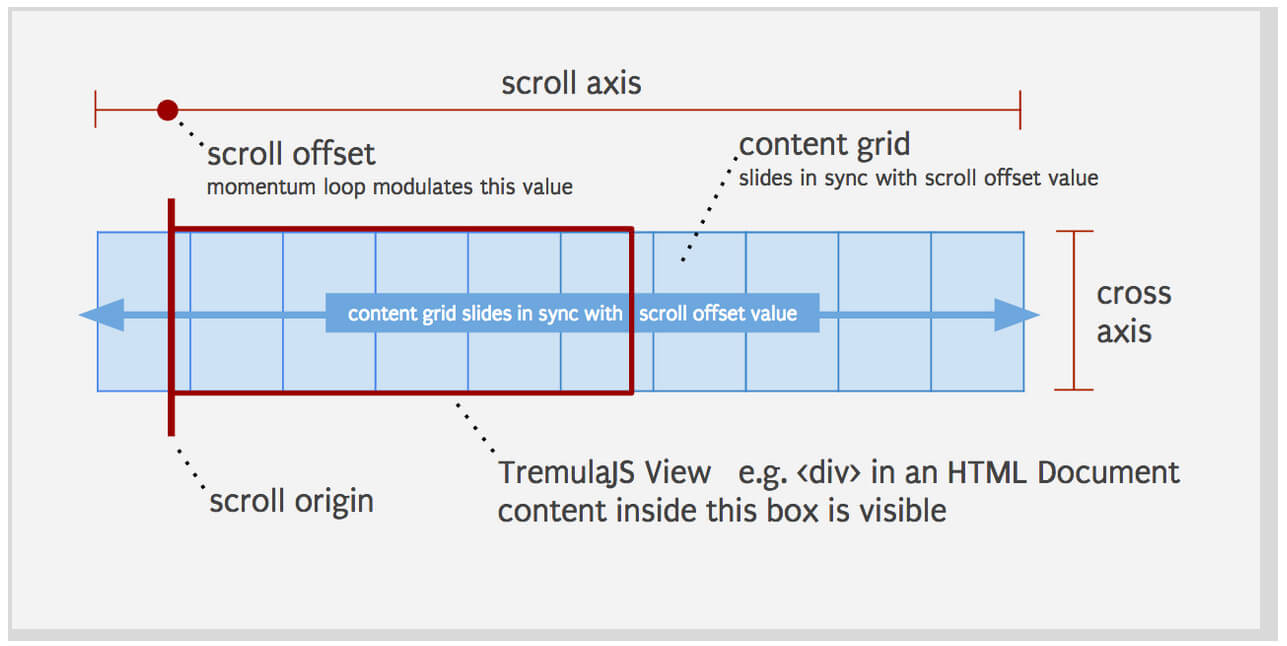Check for Function and Class Existence Using PHP
When you've inherited a big website or you're working on a group website where you don't have quick access to communicate with the other developers, it's important to not assume that a custom function or class name has not already been defined. Here's how you can protect yourself:
The PHP
if(!function_exists('show_article')) {
function show_article($id) {
//code here
}
}
if(!class_exists('my_class')) {
class myclass {
//code here
}
}
Using this type of programming can also protect you in case a file gets accidentally included twice. If a file with a function definition were to be included twice, you'd get an ugly "redefined" error when the function is realistically only in one file.
![Responsive and Infinitely Scalable JS Animations]()
Back in late 2012 it was not easy to find open source projects using requestAnimationFrame() - this is the hook that allows Javascript code to synchronize with a web browser's native paint loop. Animations using this method can run at 60 fps and deliver fantastic...
![Vibration API]()
Many of the new APIs provided to us by browser vendors are more targeted toward the mobile user than the desktop user. One of those simple APIs the Vibration API. The Vibration API allows developers to direct the device, using JavaScript, to vibrate in...
![Styling CSS Print Page Breaks]()
It's important to construct your websites in a fashion that lends well to print. I use a page-break CSS class on my websites to tell the browser to insert a page break at strategic points on the page. During the development of my...
![iPhone Click Effect Using MooTools or jQuery]()
One thing I love about love about Safari on the iPhone is that Safari provides a darkened background effect when you click a link. It's the most subtle of details but just enforces than an action is taking place. So why not implement that...





It seems a little redundant to check for class existence when you’re trying to create a new class. If the class does exist, then you want yours to be named something else so that it can be used. I would personally want an error in the example above, so I knew to rename the class.
It would make sense to check for the class before instantiating it, but to check for the class before creating it, seems like it could create some confusing situations.
Thanks for this cool idea. Sometime it really becomes hard to follow other developers of the team, so this idea will really help.